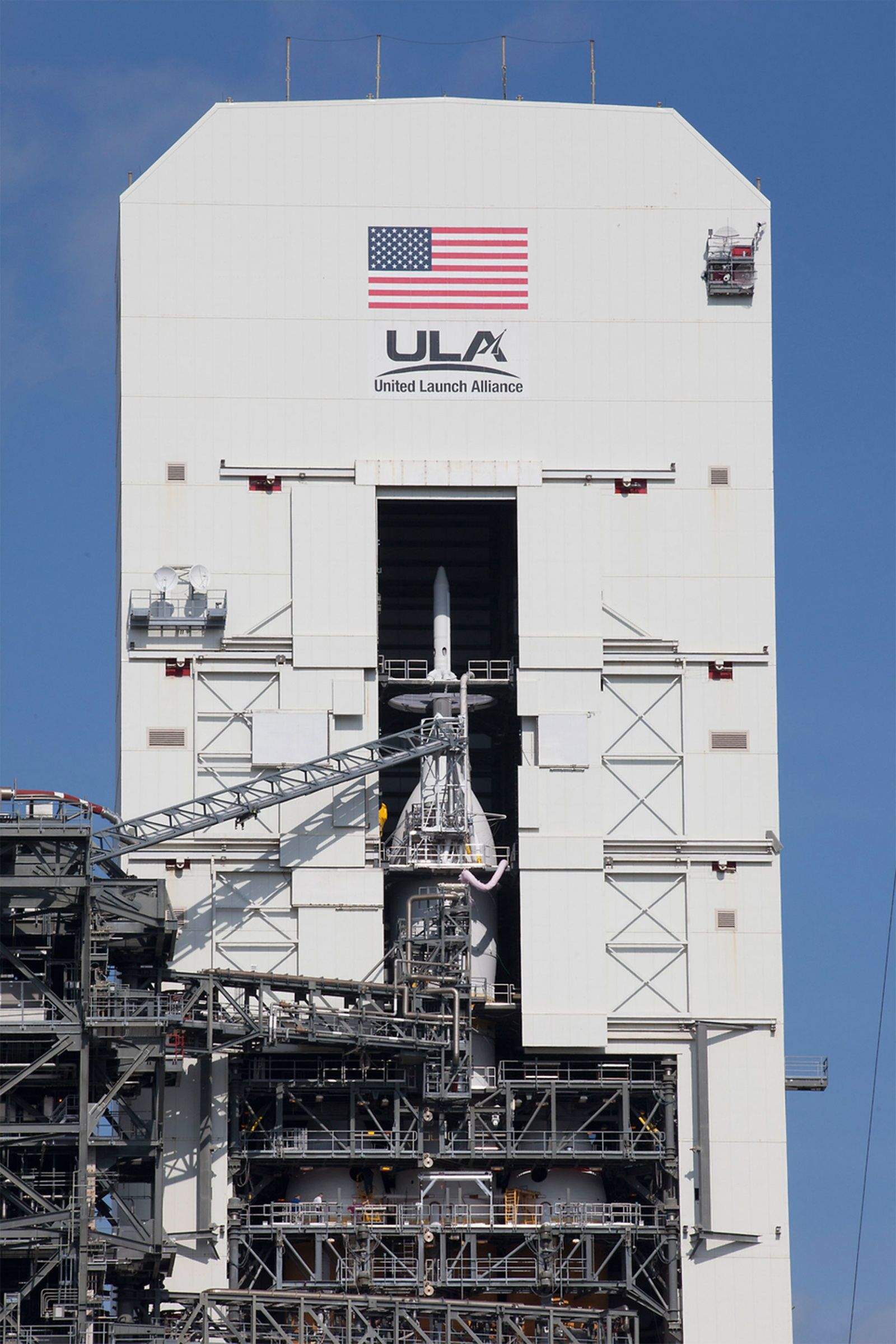When the final Space Shuttle flight landed in July 2011, there was a sadness that America’s future involvement in space exploration would be nothing more than one of our astronauts occasionally hitching a lift on a rickety Russian rocket.
But NASA, partnered with various aerospace companies, has been quietly designing and building a new program that could eventually take humans into deep space.
Thursday marks a milestone in this next-generation planning when a giant Delta IV Heavy rocket blasts off from Cape Canaveral in Florida to launch an unmanned Orion space capsule on a brief flight to put the design through critical paces.
Once in orbit, Orion will make two loops around Earth, then re-enter the atmosphere at a mere 20,000 mph before parachutes deploy and prepare the capsule for an old-school, Apollo-style splashdown in the Pacific Ocean.
“Really, we’re going to test the riskiest parts of the mission,” Orion program manager Mark Geyer said in a statement posted on NASA’s website. “Ascent, entry and things like fairing separations, Launch Abort System jettison, the parachutes plus the navigation and guidance — all those things are going to be tested. Plus, we’ll fly into deep space and test the radiation effects on those systems.”
The test flight, operated by Lockheed Martin, will include a pass through the Van Allen radiation belts, where Orion’s instruments will record radiation levels inside the cabin.
The launch window opens just after 7 a.m. Eastern Thursday and the mission should end about four-and-a-half hours after liftoff. NASA will livestream the launch for all to see.
The test flight will help NASA and Lockheed Martin find ways to improve Orion’s design for the next test, a flight around the moon.
From there, NASA will plan future human missions to an asteroid, sometime in the 2020s, and eventually a trip to Mars.
While NASA tests new rockets and spacecraft, astronaut Scott Kelly and cosmonaut Mikhail Korienko will fly to the International Space Station in spring 2015 to spend a full year in space to test the effects of long-duration spaceflight.


